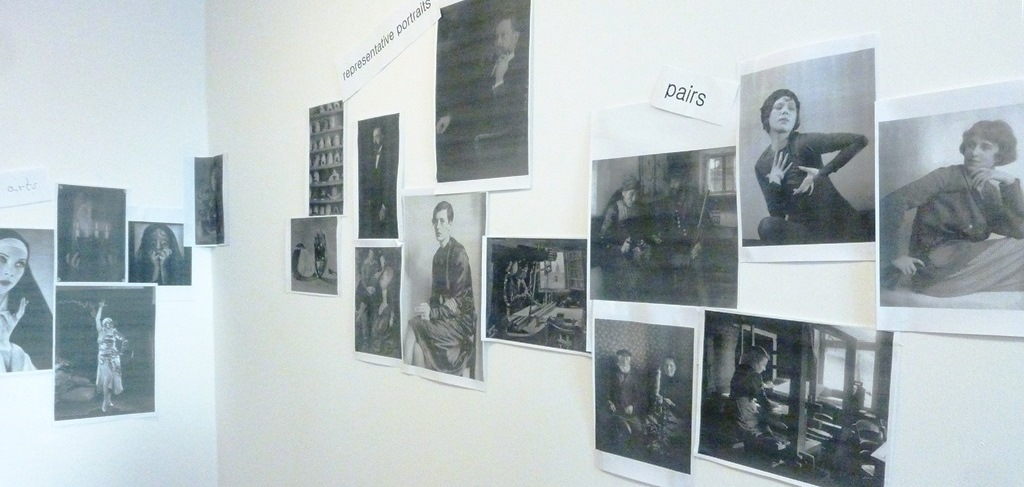fingerprints
Exhibition project in the context of “Speaking about Art: From small talk to theoretical discourse”
There are so many things that can be said about art — and doing so in a foreign language increases the challenge. The fields where talk about art occurs are widespread and require different skills: from presenting a topic at university and subsequently discussing your thesis to guiding tours through a museum or city, opening an exhibition, or leading or taking part in a panel discussion. Like in any other language, in English there are many special ways to talk about artistic matters.
What we wanted to do in the course “Speaking about Art” was to exercise patterns and expressions and try out ways of clarifying our opinion. Since swimming in sand is far from the real thing, we decided to organize a fictive happening, which would allow us to make use of everything we had previously discussed and learned. So we killed three birds with one stone and planned a “mock” exhibition, opened by a curatorial tour, and finished by a panel discussion with “specialists” discussing the exhibition’s scientific, historical, and artistic background. Our entire group took part in the show and assumed fictive identities, which resulted in a curatorial team, specialists on the presented artists and techniques, an heir and director of an archive, two journalists, and of course, the audience.
Based on two exhibitions being shown at the time; one at Salzburg Museum (Von Mensch zu Mensch. Wilhelm Leibl & August Sander) and one at Rupertinum Salzburg (Tanz der Hände. Tilly Losch und Hedy Pfundmayr in Fotografien 1920-1950), the curatorial team put together a new show called fingerprints. But how did we come to the idea of combining two exhibitions of seemingly different artists, genres, and techniques? The four artists at the center of these two exhibitions work with bodies in order to express their artistic aims. Wilhelm Leibl (1844–1900) and August Sander (1876–1964) deal with representative portraits of people using different techniques. While Leibl’s works refer to the tradition of Dutch portrait painters and are realized in oil on canvas or wood, Sander uses the then newly discovered technology of photography.
Hedy Pfundmayr (1900–1965) and Tilly Losch (1903–1975) became famous as expressive dancers in Vienna during the roaring twenties. During this era, dance developed from its former classical style in the sense of ballet dancing into a modern form, which placed special focus on the expressivity of hands. In addition, the meaning of the hand changed from its function as a working tool into a significant mirror of its owner’s character — and even more: As occultism and fortunetelling became a source of delight at dinner parties and women’s teas, scientific essays on the meaning of the hand’s lines and forms became popular.
Christina Tosoni, Maximiliane Buchner ( 2015): fingerprints. Exhibition project in the context of “Speaking about Art: From small talk to theoretical discourse”. In: p/art/icipate – Kultur aktiv gestalten # 06 , https://www.p-art-icipate.net/fingerprints-2/


 Artikel drucken
Artikel drucken Literaturverzeichnis
Literaturverzeichnis